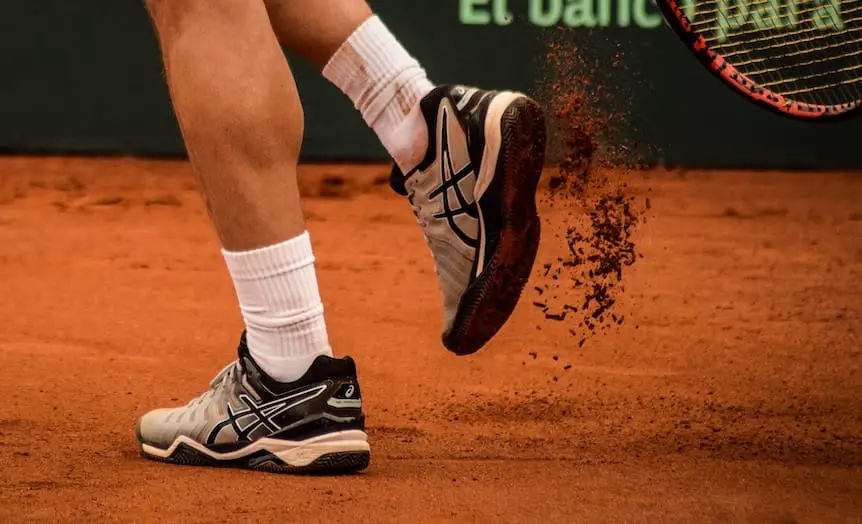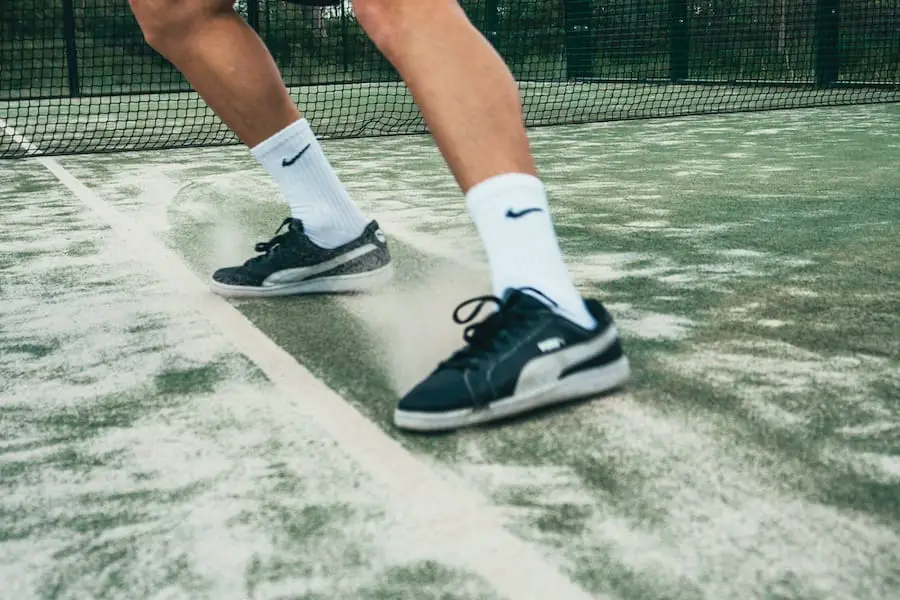Mechanics of padel play
The mechanics of padel involve a series of movements that, while making the game exciting, also put significant strain on the muscles and tendons around the elbow. Players execute a variety of shots, including powerful smashes that demand a high level of arm strength and delicate volleys that require precise wrist movements. Each of these actions engages the forearm muscles extensively.
The repetitive nature of swinging, hitting, and twisting actions in padel significantly contributes to the development of tennis elbow. This is due to the constant stress placed on the lateral epicondylitis, the area of the elbow most affected by tennis elbow, leading to inflammation and pain.
Tennis elbow: Causes and symptoms
Tennis elbow, scientifically known as lateral epicondylitis, arises from the overuse of the forearm’s muscles, leading to inflammation of the tendons that join the forearm muscles on the outside of the elbow. The main factors leading to this condition in padel players include the repetitive wrist and arm movements required to hit the ball. Symptoms of tennis elbow include pain and tenderness on the outer part of the elbow, which may extend into the forearm and worsen with gripping or lifting actions. Recognizing these symptoms early is crucial for preventing further damage and starting appropriate treatment.
Playing padel and risk of tennis elbow
Playing padel can indeed increase the risk of developing tennis elbow, primarily due to the sport-specific actions like the frequent and repetitive use of the wrist and arm. To minimize this risk, players should focus on preventive measures such as adopting the correct technique to reduce strain on the elbow, choosing equipment that matches their physical capabilities, and engaging in conditioning exercises to strengthen the muscles around the elbow. Additionally, using rackets with suitable grip sizes and softer strings can also help mitigate the risk.
Preventative strategies for padel players
Preventing tennis elbow involves a multifaceted approach. Padel players can protect themselves by incorporating warm-up exercises that specifically target the forearm and elbow, refining their playing technique under the guidance of a coach, and selecting equipment that reduces strain on the elbow. For example, choosing a racket with the right balance and weight can significantly lower the risk of injury. Regular strength and flexibility training for the forearm muscles can also prevent tennis elbow by increasing muscle endurance and resilience.
Treatment options for tennis elbow
For padel players experiencing the symptoms of tennis elbow, a variety of treatment options are available. Initial treatments include rest, ice application, and over-the-counter pain relievers to reduce inflammation and pain. If symptoms persist, more intensive treatments such as physical therapy, which focuses on stretching and strengthening exercises, or even corticosteroid injections may be recommended. In severe cases, surgical intervention may be necessary to repair the damaged tendon.
Recovery and returning to padel
Returning to padel after recovering from tennis elbow requires a carefully planned approach to avoid re-injury. The rehabilitation process should include exercises aimed at gradually strengthening the elbow and improving flexibility. Players should also consider a phased return to play, starting with low-impact drills and gradually increasing intensity as strength and confidence improve. Consulting with a healthcare professional or a physiotherapist throughout the recovery process can provide personalized advice and ensure a safe return to the sport.
Expert insights
Medical professionals and padel coaches agree that the key to preventing tennis elbow lies in proper technique and physical conditioning. They emphasize the importance of using equipment that suits an individual’s physical attributes and playing style. Coaches can provide invaluable advice on technique adjustments to reduce the risk of injury, while medical professionals can offer guidance on effective strength and flexibility exercises.
Equipment and technique
Choosing the right equipment and mastering proper technique are essential steps in reducing the risk of tennis elbow. When selecting a racket, players should consider factors like grip size, weight, and balance, as these can significantly impact the strain placed on the elbow. Additionally, learning and consistently applying the correct technique, especially for high-risk shots, can prevent excessive strain on the elbow tendons.
Training and conditioning
A comprehensive training and conditioning regimen is vital for injury prevention. This should include exercises that target the strength and flexibility of the forearm and wrist muscles, as well as overall physical conditioning to ensure the body can withstand the demands of padel. Adequate rest and recovery are also crucial to prevent overuse injuries like tennis elbow.
Recovery
Enhancing recovery processes involves adhering to a well-structured rehabilitation program, which may include physical therapy exercises, adequate rest, and, if necessary, professional medical treatments. Nutrition also plays a key role in recovery, with a focus on anti-inflammatory foods and adequate hydration.
Long-term health considerations
To maintain elbow health over the long term, players should regularly evaluate their playing technique and equipment, engage in ongoing strength and flexibility training, and remain vigilant for any signs of re-injury. Managing any chronic conditions that could impact elbow health is also crucial for a sustainable and enjoyable padel experience.
FAQs about padel and tennis elbow
- How does playing padel contribute to the risk of tennis elbow?
Repetitive and forceful wrist and arm movements in padel can strain the elbow’s tendons, leading to tennis elbow. - Can proper equipment reduce the risk of developing tennis elbow from padel?
Yes, using rackets with appropriate grip sizes and weights can help minimize strain on the elbow. - What are the best exercises to prevent tennis elbow for padel players?
Exercises that strengthen the forearm muscles and improve wrist flexibility, such as wrist curls and reverse wrist curls, are beneficial. - How long does it typically take to recover from tennis elbow caused by padel?
Recovery time varies, but with proper treatment, many individuals start to see improvement within a few weeks to months. - Can I still play padel if I have a history of tennis elbow?
Yes, but it’s crucial to take preventive measures, such as using the right equipment and techniques, to avoid re-injury. - What are the signs that I should stop playing padel due to elbow pain?
If you experience persistent or worsening pain, especially during or after playing, it’s important to rest and consult a healthcare professional.

